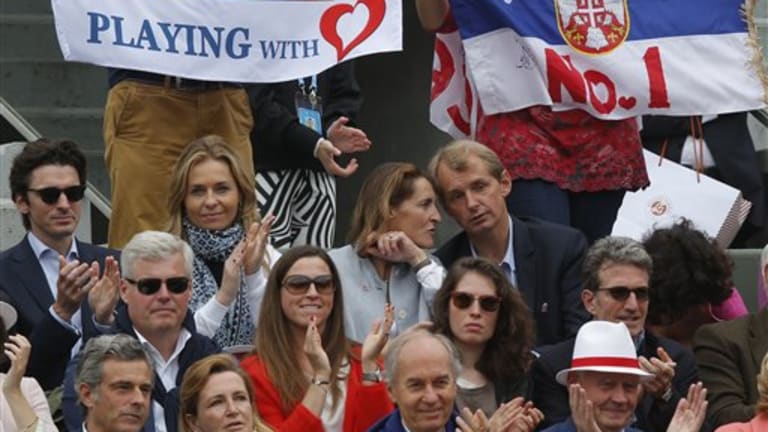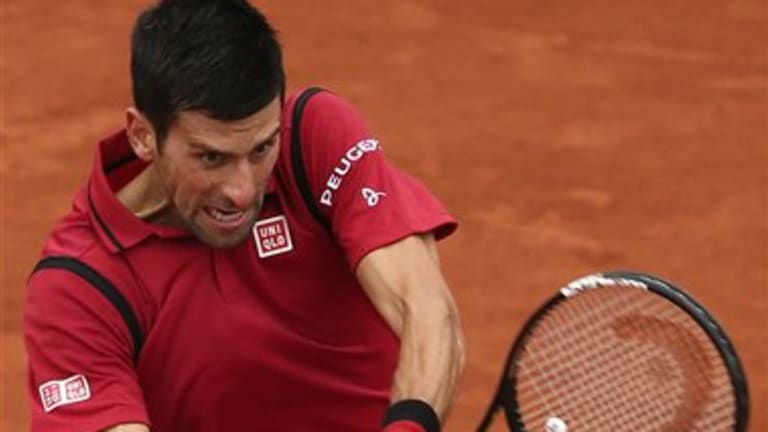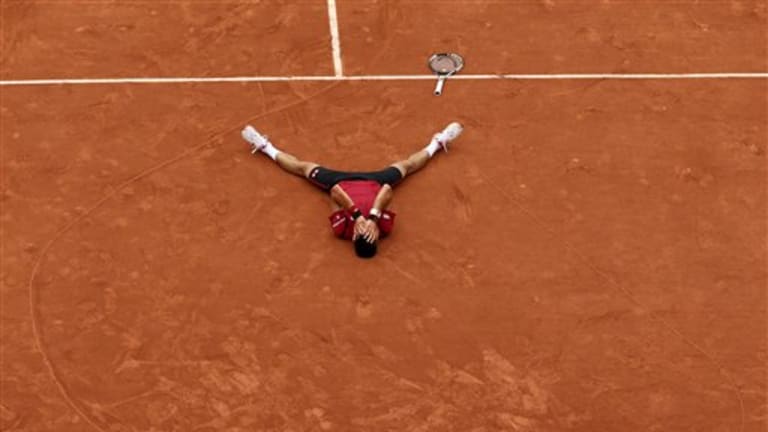“I felt a special connection with the crowd ever since I arrived in Paris this year,” Novak Djokovic said after his mostly dominant, briefly frightening 3-6, 6-1, 6-2, 6-4 victory over Andy Murray in the French Open final.
While Djokovic’s win wasn’t unexpected—this was his 13th victory in his last 15 meetings with Murray—the vociferous, one-sided support he received came as something of a surprise. Right from the start on Sunday, “Nole!” rhymed with “Ole!” in Court Philippe Chatrier.
That hasn’t been the norm for Djokovic at the Grand Slams, especially when he’s gone up against the two champions who came before him, and the two most popular players of this century, Roger Federer and Rafael Nadal. Many have said that Djokovic’s “clinical” style of play, as opposed to Federer’s effortless elegance and Rafa’s heart-on-his-sleeve passion, makes him harder to love.
I’ve never been so sure. More than anything else, sports fans want to witness, and be a part of, all-time greatness; in tennis, there’s No. 1, and there’s everyone else. Aside from the appeal of their games, Federer also happens to be the all-time men’s major-title winner, and Nadal the all-time greatest clay-courter.
On Sunday, the fans in Paris knew they were witnessing Djokovic’s own quest for immortality. He was attempting, on the one hand, to join his old rivals Federer and Nadal and become the third player of their era, and just the eighth in history, to complete a career Grand Slam.
At the same time, Djokovic was attempting to one-up Roger and Rafa. Neither of them has won four majors in a row. Djokovic, after shaking off the painful defeat he suffered to Stan Wawrinka in Paris 12 months ago, had bounced back to win three straight Slams. One more win on Sunday and he would be the first man since Rod Laver in 1969 to hold all four. That’s all-time greatness.


